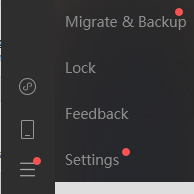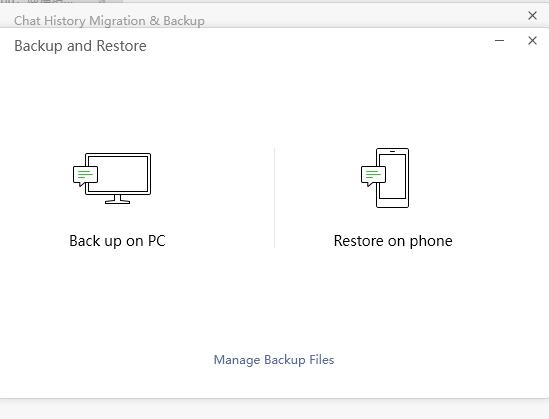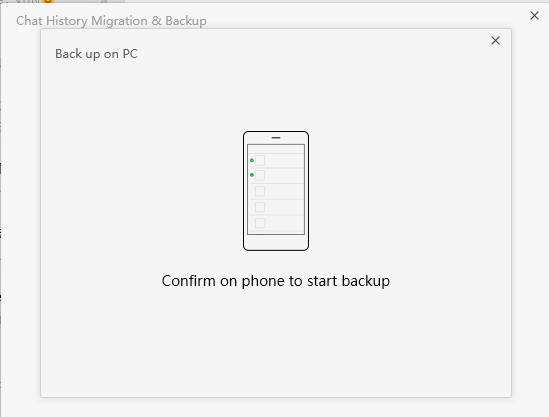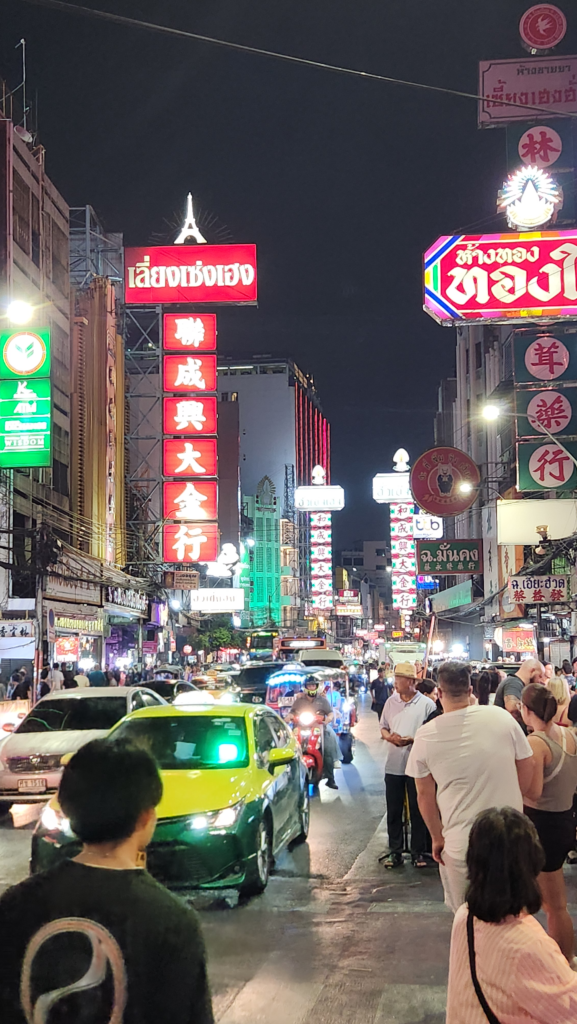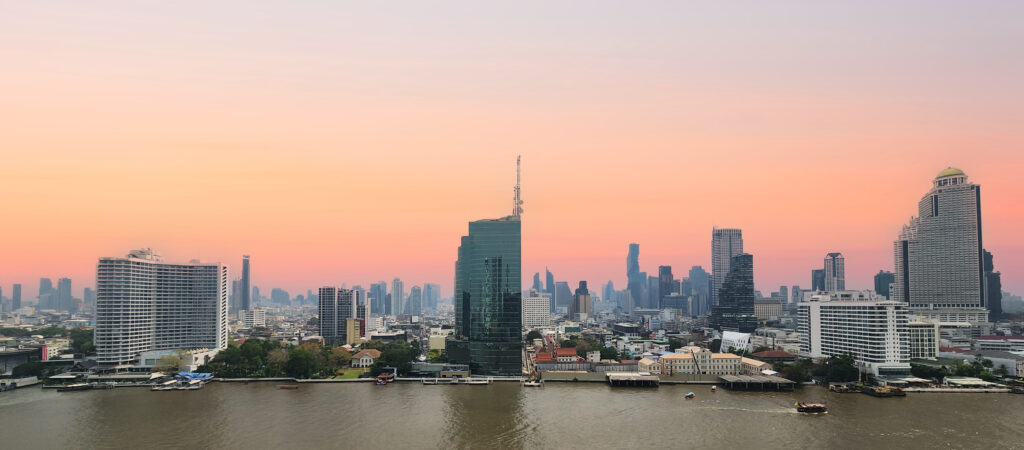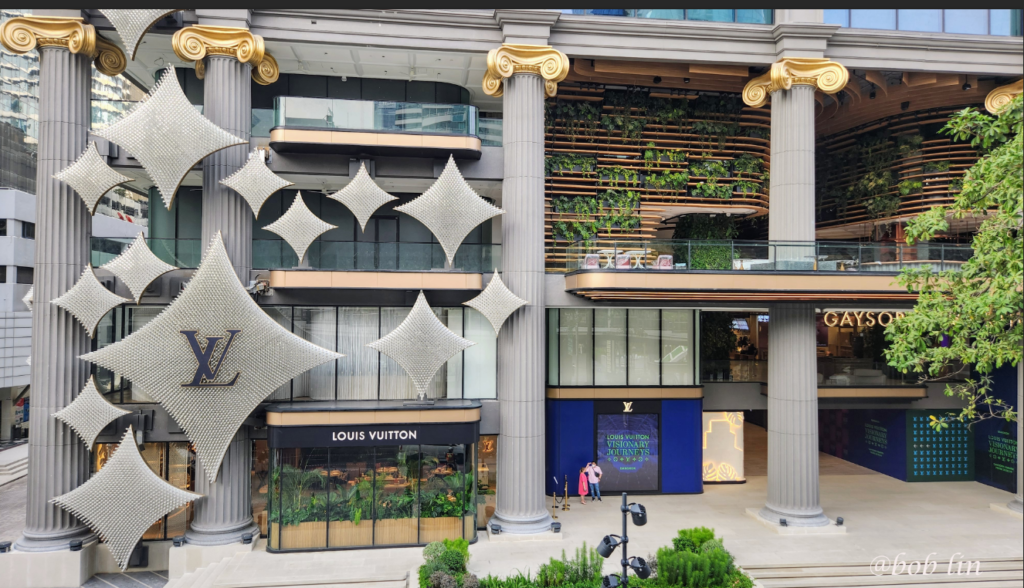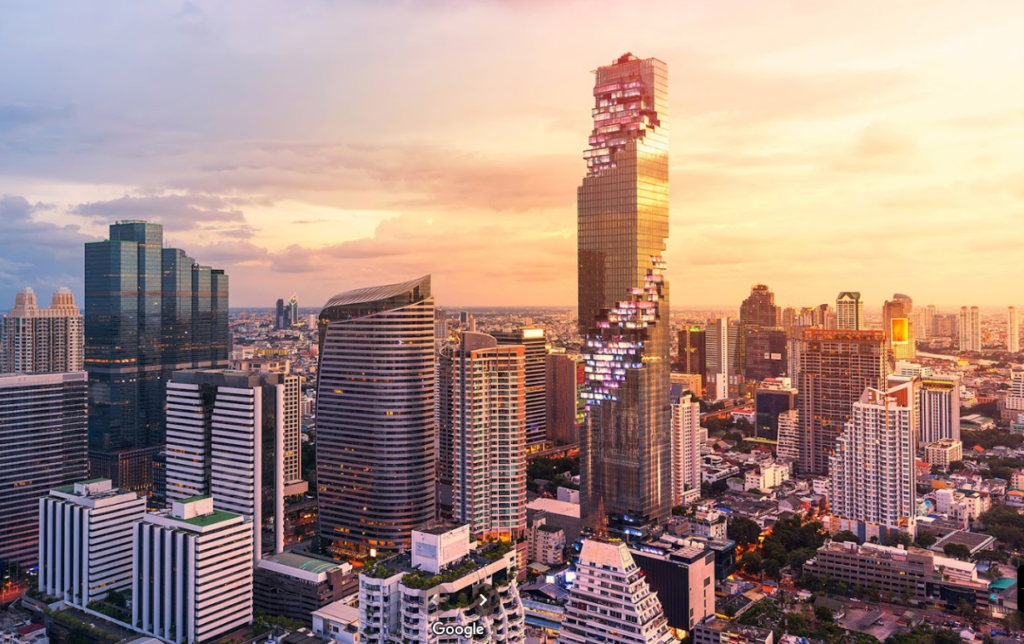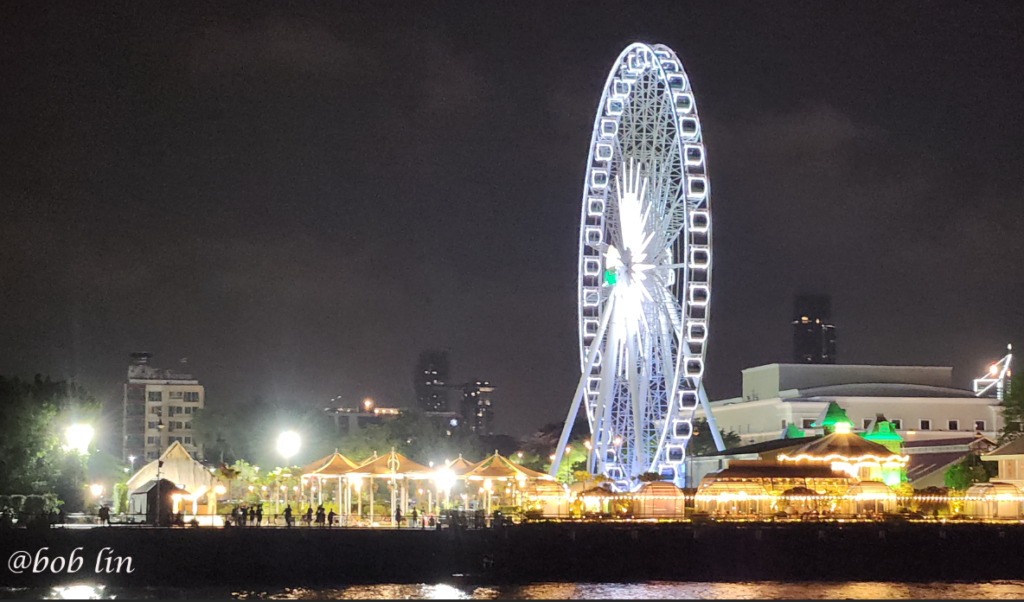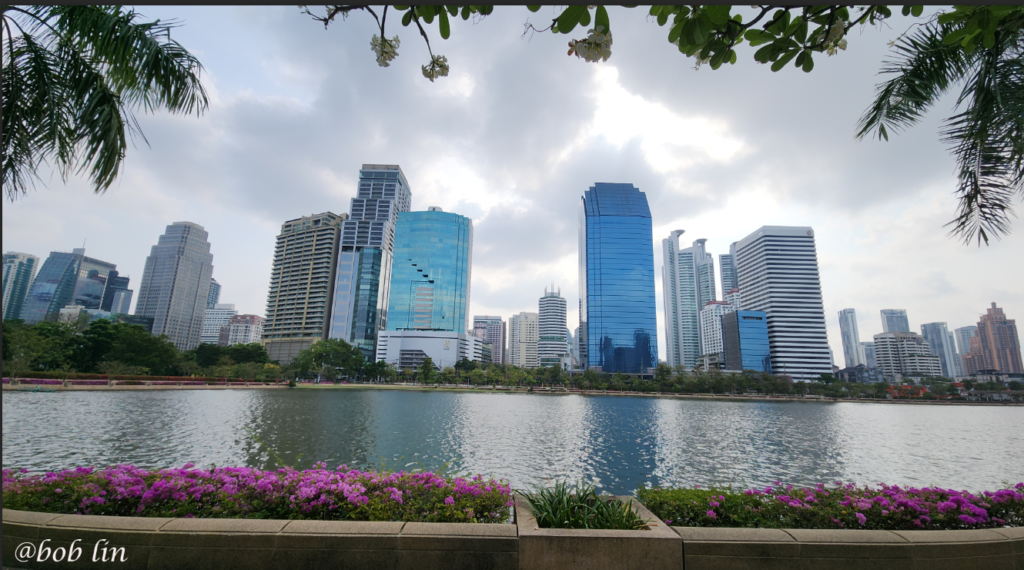When: Monday, April 8, 2024 from 10 a.m. to 3:30 p.m. depending on your area. A total solar eclipse can be divided into two events: the partial and total phases. The beginning of the partial phase is called first contact. First contact (C1) marks the initial touch of the Moon’s silhouette on the outer edge of the Sun, gradually obscuring a small portion of it. At this stage, a tiny crescent-shaped bite appears on the Sun’s surface, signaling the beginning of the eclipse. Observers may notice a subtle dimming of the ambient light as the Moon commences its journey across the solar disk.

The second contact (C2) is a pivotal moment during a total solar eclipse. It occurs when the Moon fully covers the Sun, resulting in complete darkness at the eclipse’s peak, known as totality. The sky darkens, revealing the Sun’s outer atmosphere—the corona. This remarkable phase provides a rare opportunity for astronomers and skygazers to observe the Sun’s outer layers, which are typically invisible due to the Sun’s overwhelming brightness. The breathtaking sight of the solar corona and any accompanying phenomena, such as Baily’s beads, becomes visible during this awe-inspiring moment.
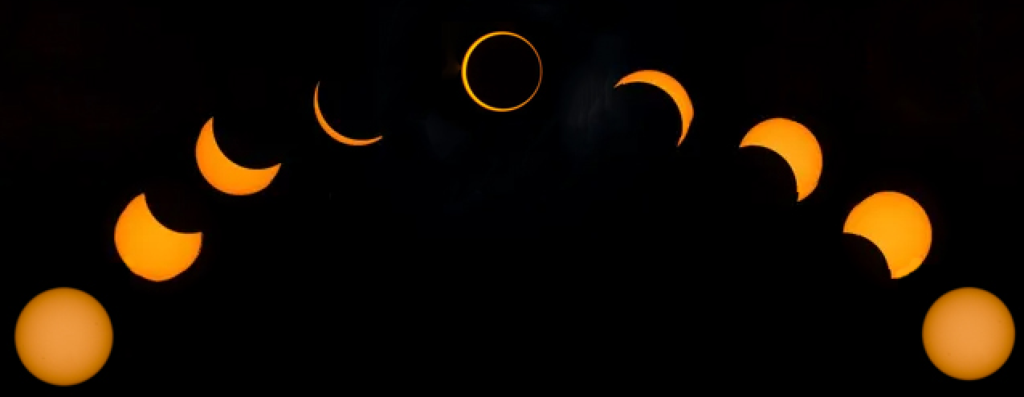
Just before second contact, when the Moon fully covers the Sun, observers can witness Baily’s beads. This phenomenon occurs as sunlight passes through lunar valleys and hills along the moon’s edge, creating a beady effect. Photographing Baily’s beads requires the same settings used for the partial eclipse.

Where:
The 2024 solar eclipse will be a cross-country and pan-continental event. The 2024 eclipse will first make landfall over the coast of Mexico near Mazatlan and move northeast over cities like Durango, making its way to the Rio Grande River and the border of the United States and Mexico. About 43 million people can see the total solar eclipse at their doorsteps, and nearly 200 million people can see the total solar eclipse at their doorsteps. The population lives within a 3-hour drive of the total eclipse zone.

Mexico offers perhaps the best opportunity to view the solar eclipse. It will be over Mexico where the eclipse reaches its longest duration of 4 minutes and 28 seconds. Moreover, the weather prospects in Mexico are significantly better than in the United States. Mazatlan, for example, has only, on average, less than a 30% chance of cloudy skies compared to cities in Texas like Uvalde and Dallas, which are essentially a coin toss. As the eclipse progresses over the mainland United States, the duration will get slightly shorter, and at its shortest over Maine, it will last about 3 minutes and 20 seconds, or one minute shorter. The closer you are to the center of the eclipse line, the longer the eclipse will last compared to the full possible duration at your location.
Unfortunately, the United States is at a significantly greater risk of seeing substantial cloud cover because April is the peak of the Spring storm season for many regions across the path of totality. Indeed, this area of the United States is called “tornado alley” for the high number of tornadoes and severe weather outbreaks that occur in April. There is a non-zero probability, with an El Nino winding down in the Pacific and a likely La Nina taking its place, that a significant severe weather event with a trough tilted in the same axis could be sweeping across the direction of totality.
However, there is an equally likely chance of clear skies over the path. Statistically, Arkansas and Texas are the most likely regions to have decent skies. While many eclipse articles will encourage you to book your hotels and campsites months in advance, we personally believe that is a recipe for missing the eclipse if your main goal is photography due to the high chance of cloudy skies in April. This is especially true if you plan to photograph in cloudier states like Ohio, New York, or Pennsylvania. Instead, be prepared to travel and have highly flexible driving plans once the weather forecast begins to unfold.
Then there’s the traffic situation. To avoid high traffic, your best bet is to avoid major cities in the path of the eclipse. Instead, focus on viewing the eclipse in small towns and local parks, especially if you are not planning to reserve a hotel. Be prepared to bring extra gasoline cans if you drive a gas car. And, of course, bring tons of snacks and water! You will likely be at your observing site for several hours, and the locations in the path of the eclipse will likely be short on resources to make your viewing experience comfortable. Put on sunscreen, bring a towel, and other basic needs to stay comfortable.
It’s also obviously important to know what time the eclipse takes place in your area! But how do we know that? Several resources are available online to figure that out based on your location. Our favorite is Xavier Jubier’s Total Solar Eclipse Map or
Time and Date https://www.timeanddate.com/eclipse/solar/2024-april-8
Simply click on your location on the map, and the times will appear! You will see options for the start of the partial eclipse, the start of the total eclipse, and so on. Note that these times are in Universal Time (UT).
The 2024 solar eclipse will be visible over approximately 128 miles of Illinois April 8.
Total Solar Eclipse in Illinois, United States

Totality enters Illinois as it crosses the Missouri state line southwest in Carbondale at 1:58 p.m. The eclipse will follow a diagonal line crossing over Fairfield and exit Illinois at Mount Carmel at 2:06 p.m.

April 8, 2024 — Total Solar Eclipse — Indianapolis, IN, USA


Weather: Sunny days are the most important. According to historical cloud map statistics in the past 20 years, Mexico and Texas in the United States have the highest probability of sunny days, while the eastern United States and Canada have a high probability of cloudy weather.
However, the recent weather is very ironic. Due to the influence of the warm and humid airflow from the Gulf of Mexico, a low pressure is forecast to appear near Texas in the United States, and it is likely to be rainy on April 8. Texas, which originally expected millions of travellers to flock to watch the solar eclipse, has now entered a state of self-deprecation. On the contrary, there is currently a relatively stable high pressure in Canada and the northeastern United States, and there is a high probability that there will be good weather.
Recommended apps:
Windy: Provides multiple weather models, such as ECMWF (European model) and GFS (American model), and you can see the cloud map predictions for the next few days. You can also choose to see high clouds, medium clouds and low clouds in the cloud chart.
Astrospheric: Provides many data needed by astrophotography enthusiasts. In addition to cloud information, there are also atmospheric transparency and seeing, as well as solar and lunar eclipse data.
Meteoblue: Similar to Windy, it provides cloud images, rainfall and other information. You can check the weather for the next 5 to 14 days. Some enthusiasts report that it is more accurate than Windy.
PHOTOGRAPHING THE ECLIPSE
It is strongly recommend using a DSLR or mirrorless camera to photograph Solar Eclipse. The most common one is to use a wide-angle lens to shoot the entire process of a total solar eclipse, that is, a gourd string; you can also use a telephoto lens to record details such as the corona, Bailey’s beads, diamond rings, and solar prominences when a total solar eclipse occurs.
Camera Settings: Aperture, Shutter Speed, ISO… and Bracket! During the progression from direct sunlight to the height of a total solar eclipse, the light will quickly change from broad daylight to twilight-like darkness. The light really will not change dramatically until the eclipse approaches totality, so your camera settings can be static for a huge portion of the event—a good thing. The curse is that, when the eclipse show is at its most exciting, the light will be changing quickly, and you must be ready to adapt.
When the eclipse reaches totality and you have removed your solar filter from your camera, this is the time to start bracketing your shots heavily. Use the exposure guide as just that, a guide. Bracket, bracket, and bracket some more. According to experts, there is a vast 12-stop dynamic range from the corona at the sun’s surface to the outer edges of the corona. Shoot a ton of shots at different exposures. When you post-process later, you can choose the one that looks best. But, during this rarest of events, do not just lock into one exposure and take a bunch of equally exposed images.
Low ISO#: between100-200.
Shutter Speed: The shutter speed can be the reciprocal of the focal length of the lens. For example, for a 600mm focal length lens, 1/600 second can be used.
Aperture: F8 or high # (low aperture).
Lens: telephoto lens. The lowest focal length we recommend is around 100mm; anything smaller may result in losing precious details like Bailey’s Beads or Prominences.
It is recommended to choose manual focus MF. The operation method is as follows:
Adjust the focus ring in advance and focus to infinity. There is usually a “∞” symbol on the lens. Just make the reticle face this symbol.

Other Basic Gear
Certified eye protection/solar filters – All filters should be ND100000 standard certified
Remote shutter release.
Tripod.
Here is the standard progression of a total solar eclipse:
1. The eclipse approaches, you attach the solar filter to your lens and start by shooting the full sun, and then continue to shoot as the moon intercepts the sun’s light.
2. Once the sun is totally obscured, you must then remove your filtration and photograph totality without a filter—capturing the awe-inspiring sight. The start of totality is indicated by the famous “diamond ring” effect. During totality, you can remove your solar filtration (and solar glasses). The diamond rings should be photographed and can be viewed without filtration.
3. At the end of totality, when the second diamond ring appears, replace your filters and continue to shoot as the moon slides clear of the sun.
Other tips:
Compose your shot using live view mode only (not the camera’s viewfinder)
Turning autofocus to off.
Shoot in RAW instead of jpeg.
Don’t be afraid to underexpose by a stop or two, or more. Avoid blown-out highlights.
Take test shots before the eclipse begins to ensure your settings (particularly your exposure) are correct
Start capturing the eclipse as soon as it starts. Include shots over and underexposed to capture all the details
Review your images and adjust accordingly as the brightness will continue to change throughout the eclipse
Take breaks to enjoy the eclipse visually with your solar glasses
Tip: Do NOT remove your solar filter during the partial phase of the eclipse. Only remove the solar filter about 30 seconds before the total solar eclipse. The only time it’s safe to look at the Sun during a total solar eclipse is the 4 minutes of totality and no other time.
PHOTOGRAPHING THE ECLIPSE WITH YOUR SMARTPHONE
You can get some stunning widefield images of the eclipse with just your smartphone that those with superzoom lenses and telescopes cannot see. For example, you can create a timelapse of the Moon’s shadow coming across your viewing location by using any timelapse app or one already built into your phone. With an iPhone, for example, you can record a time-lapse video showing the Moon’s shadow approaching your location. To do this, simply open the camera app, select time-lapse mode, and record until completion of the event. You will need a photographic tripod to be able to do this, as well as some way to attach your smartphone to your tripod.
Another idea could be to take photographs of the partial eclipse with your eclipse glasses. This is as simple as it sounds; however, it could yield some great photographs of the eclipse, especially if you want some zoomed-in shots of the partial eclipse phases. This could show you the partial eclipse in the sky through your eclipse glasses, as well as your surroundings.
Viewing Tips
As always, you should never look directly at the sun during an eclipse. To safely view the eclipse, consider:
- Eclipse glasses: These special shades are similiar to 3D glasses abut are certified eclipse-safe for direct viewing. Regular sunglasses, even very dark ones, are not safe to view the eclipse.
- Solar filters: If you want to use a telescope, binoculars or camera, do not use them unprotected even if you have safe eclipse glasses. Consult the manufacturer for a proper filter to attach to your device.
- Pinhole viewer: This is a simple, inexpensive way to indirectly view the eclipse. Just take two sheets of white paper (card stock is best) and poke a hole in the middle of one sheet. With your back to the sun, hold the sheet with the hole over the other sheet and adjust them until you see a dot of light. That’s the sun! As the moon travels across the sun, a crescent will appear.
Tip: NEVER LOOK AT THE UNECLIPSED/PARTIALLY ECLIPSED SUN WITHOUT ISO-CERTIFIED SOLAR ECLIPSE GLASSES!!!!

